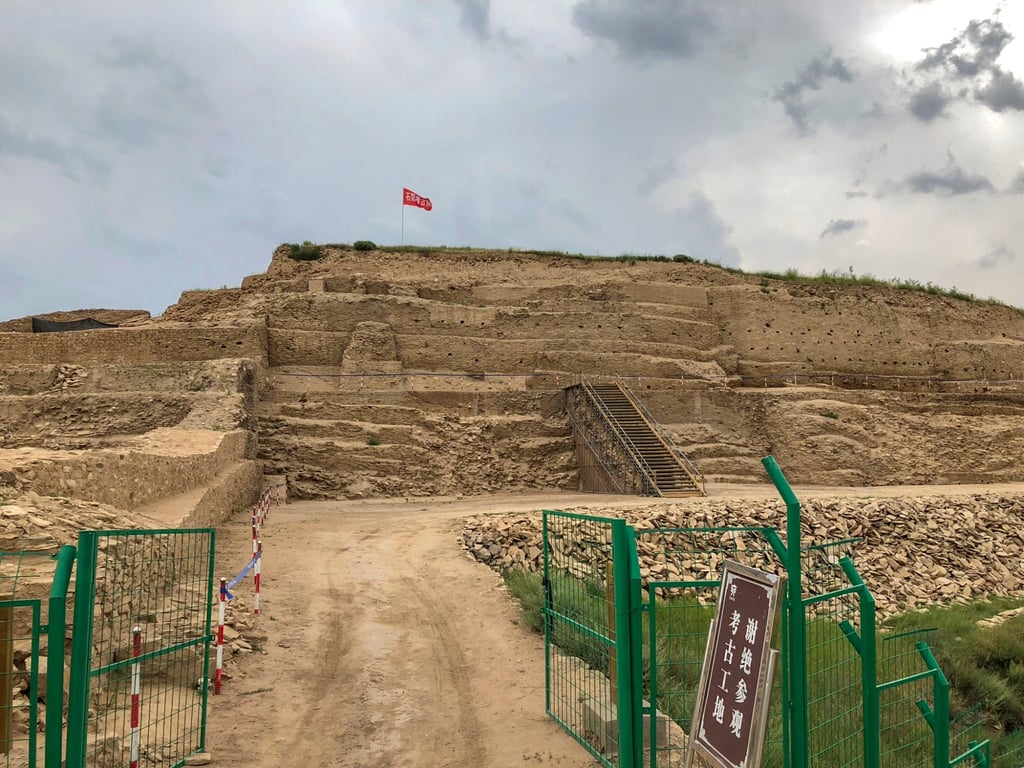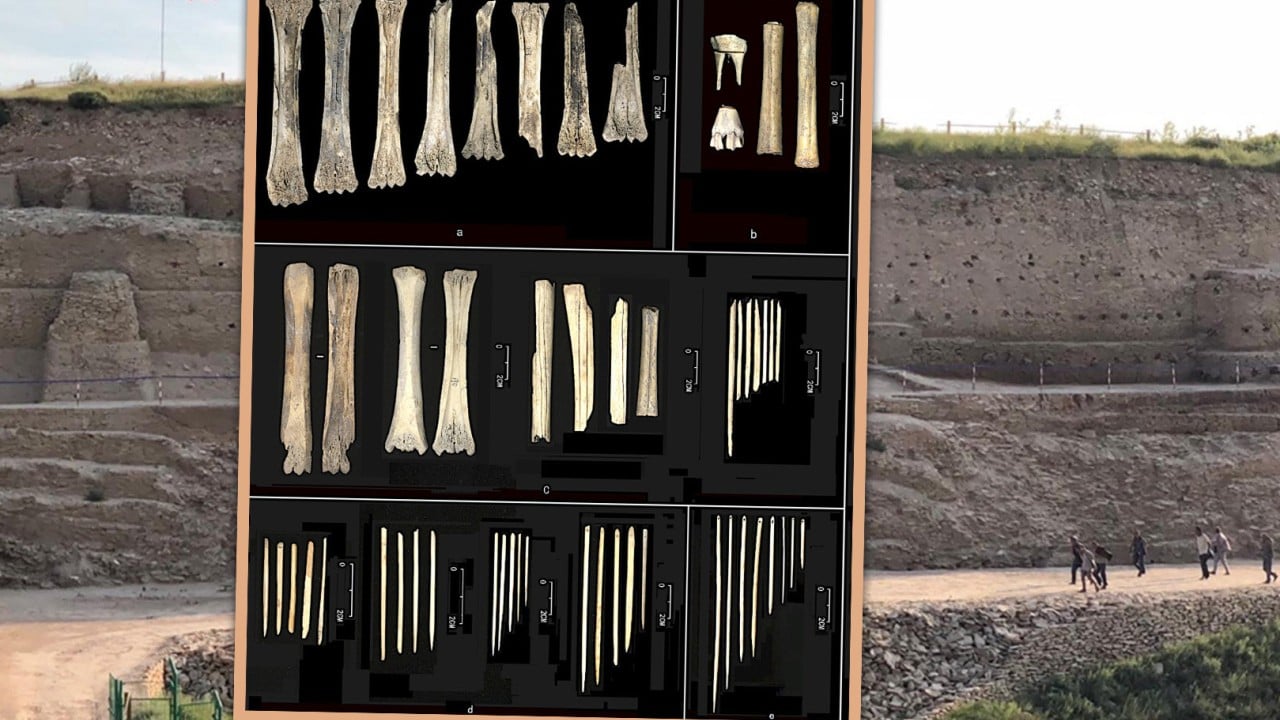It is unlikely that many readers would guess that nearly 20,000 bone needles discovered in northwest China would enlighten modern scientists about the technological advancements that marked the transition between two ages in human development. But that is the case.
A bone needle workshop at a site named Shimao in Shaanxi province represents an early example of standardised craft manufacturing seen during the Bronze Age (3300-1200 BC). And yet, artisans at the location still used technologies prevalent in Neolithic societies, indicating that this workshop was at the forefront of the transition from Neolithic China to the Bronze Age around 2000 BC, according to recent research to be published in the September issue of the Journal of Anthropological Archaeology.
“The bone tools and materials excavated at the central mound of Shimao mark the threshold of this transition, leading up to the rise of the massive Bronze Age workshops at Zhengzhou, Anyang, and Zhouyuan,” the authors wrote in the journal.

Shimao was part of the Longshan culture, which existed near the Yellow River from around 3000-1900 BC. The people were famous for making high-quality pottery, and the culture would eventually evolve into the Erlitou culture (1900-1500 BC) of the Bronze Age.
Li Min, a study author and associate professor at UCLA, told the Post that Shimao may have been a regional oasis, serving as a trade hub.
Li said that, through the diverse cultural interactions at Shimao, advancements like wheat farming and bronze metallurgy were introduced to Neolithic millet farming communities, which “set in motion the transition to an agropastoral economy characteristic of the Bronze Age society in early China”.
The archaeologists believe the bone workshop is crucial evidence for learning about that evolution.
In the study, the researchers wrote: “The specialised bone production workshop at Shimao might present a potential link between small scale, unspecialised, community-based Neolithic bone working tradition and the industrial scale bone production workshops of Bronze Age states.”
The site was first excavated between 2016 and 2018, and the archaeologists unearthed 18,759 bone tools at the central mound, indicating the presence of a large-scale workshop. The tools were mostly made out of sheep or goat bones, and 86 per cent were needles, with a handful of arrowheads and stitching awls also included.

The scale of single-sourced raw materials, and the workshop’s location in the central mound were notable developments, as research has indicated that Neolithic needle manufacturing was likely done at home and utilised a wide variety of bones.
“The [Neolithic] production organisation was relatively idiosyncratic, without clearly defined production workshops and a steady supply of raw materials,” wrote the researchers.
The Shimao craftspeople typically utilised sheep metapodials (equivalent to a human wrist) as the core raw material, which the researchers hypothesised was due to its high density and straightness.
The archaeologists believe the needles played an essential role in tanning hides, providing a link between sheep herding and garment production at Shimao, with needles being instrumental in working with leather and textiles.
“Like artisans working with traditional methods, pieces of leather would be stitched together with animal sinews, gut strings, or hemp/ramie thread using bone needles running through pre-prepared holes pierced with lithic or bone awls,” said Li. “Therefore, these dedicated bone needles do not need to be very strong for leather working.”

The location of the bone workshop on the central mound at Shimao also indicates that society’s upper classes controlled the production. They believe it was likely an artisan workshop “attached” to the elites who lived on the mound.
Li said that the specifics of the position gave the workshop a “sacred dimension,” and “given the prestigious location on the mound, the working conditions of these bone craftsmen were probably decent.”
“These garments produced by the workshop on the central mound were probably imbued with ritual power associated with the central mound, something we could characterise as shamanism,” he said.
Access to the workshop was likely restricted, with elites controlling labour management and raw materials and distribution of final products.
The craft production in the workshop was likely integral to the ritual and economic life in Shimao, a location that Li described as “a spectacle of the social, cultural, and technological changes unfolding around 4,000 years ago at the dawn of Bronze Age Chinese civilisation.”


